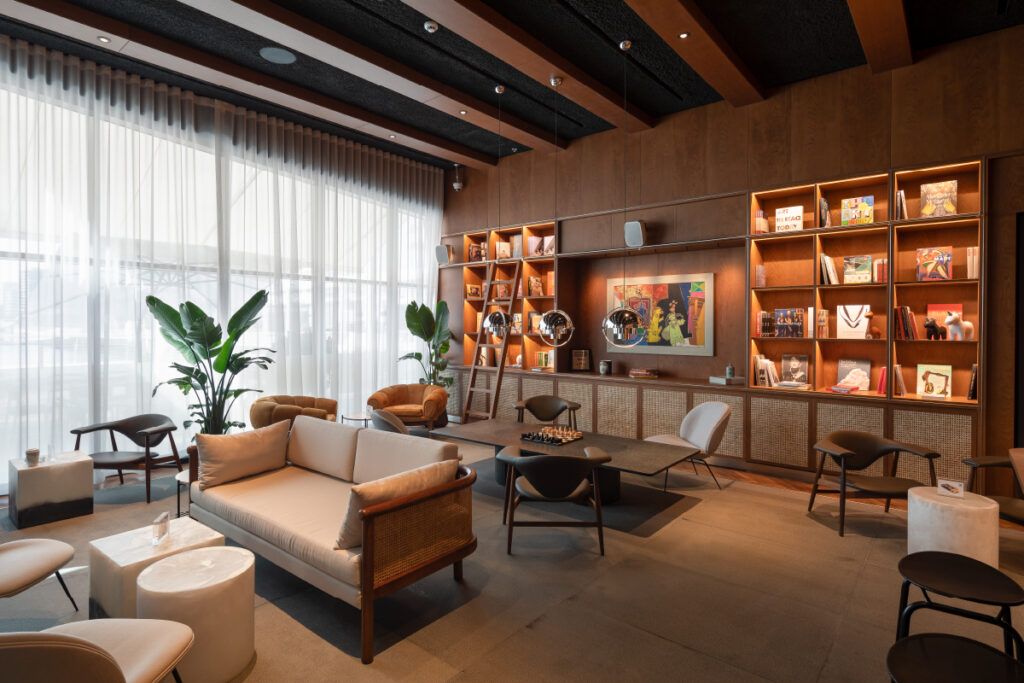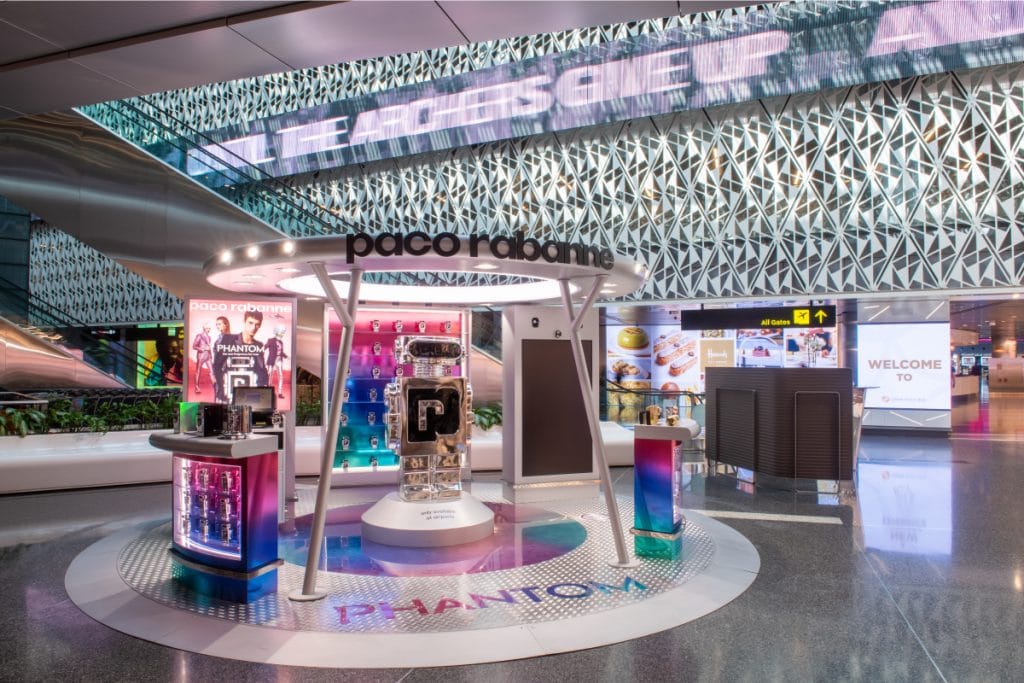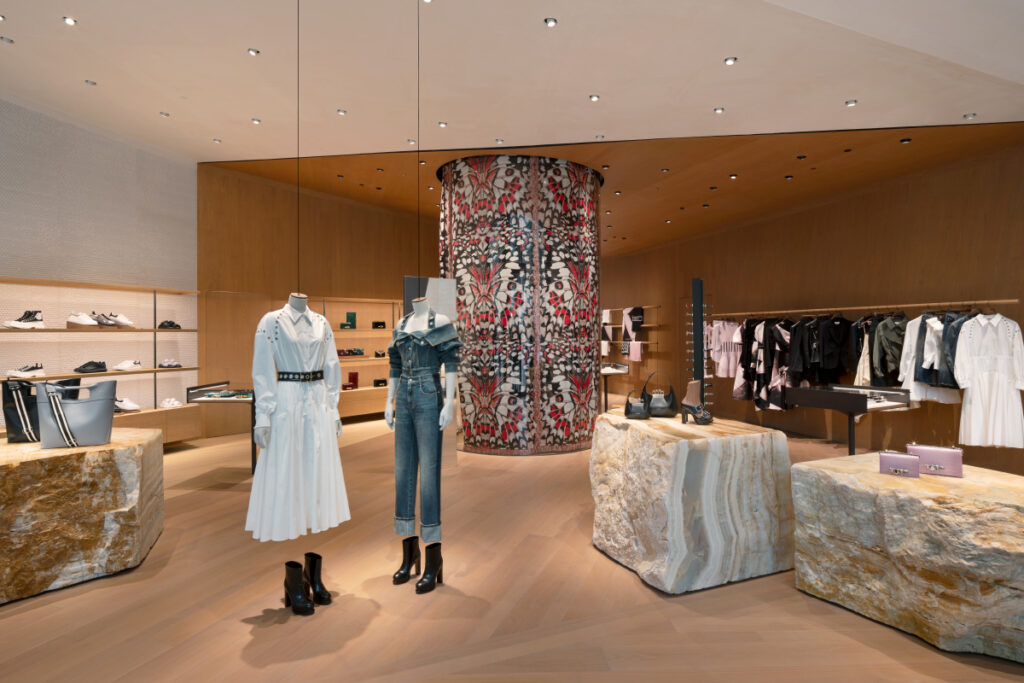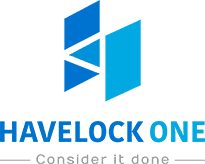Innovative retail design trends for luxury brands
Innovative retail design trends have always been an essential aspect of luxury brand retail store fit outs. As consumers become more discerning and demanding, luxury brands have to find new ways to differentiate themselves from the competition. Innovative retail design trends can be a powerful tool for luxury brands to create a unique in-store experience that enhances their brand identity and resonates with their customers. In this blog, we will explore some of the top innovative retail design trends for luxury brands.
Integrating technology
One of the key trends in luxury retail design is the integration of technology. With the rise of e-commerce and digital shopping, luxury brands need to find ways to bring their in-store experiences into the digital age. One example of this is the use of augmented reality (AR) technology. Luxury brands are starting to use AR technology to allow customers to try on virtual versions of their products. This can help customers visualise how the product will look and feel before making a purchase. AR technology can also be used to enhance the in-store experience by creating interactive displays and immersive environments.
Another way that luxury brands are integrating technology into their in-store experiences is through the use of smart mirrors. Smart mirrors allow customers to see how they look in different outfits without having to physically try them on. They can also provide customers with personalised recommendations based on their previous purchases and preferences.
At Havelock One, we had the opportunity to integrate an AI-powered retailtainment game called ‘Dance with Phantom’ for Phantom cologne’s pop-up store in Qatar Duty Free .
Experiential spaces
Another trend in luxury retail design is the use of experiential spaces. Luxury brands are creating spaces that offer more than just a place to shop. These spaces are designed to be destinations that customers can visit and spend time in. Examples of experiential spaces include cafes, bars, and art galleries. By creating these types of spaces, luxury brands are able to create a unique in-store experience that customers will remember and want to come back to.
For example, the luxury fashion brand, Chanel, opened a concept store in New York City that features a rooftop terrace, a beauty salon, and a bookshop. The store was designed to be a destination where customers could come and spend time, even if they weren’t shopping. The fit out of Havelock One’s Lighthouse and Local projects are done in a similar ambience – incorporating three or more services and retail space under one roof.
 The Lighthouse, Yas Bay
The Lighthouse, Yas Bay Phantom for Paco Rabanne by PUIG, Qatar Duty Free
Phantom for Paco Rabanne by PUIG, Qatar Duty FreeSustainability
Sustainability is a growing concern for consumers, and luxury brands are starting to take notice. Many luxury brands are incorporating sustainable materials and practices into their store designs. For example, the luxury fashion brand, Stella McCartney, opened a store in London that was designed using sustainable materials, such as recycled brass and Forest Stewardship Council (FSC) certified wood. At Havelock One we are committed to procuring the raw material for joinery manufacturing from only FSC-responsible sources. We have created similar projects to Stella McCartney which have been LEED certified for luxury brands Vilebrequin, Estee Lauder, Ralph Lauren and Pernod Ricard Group in the New International Bahrain Airport Duty Free, as well as Ralph Lauren, PUIG, Hublot and DIOR within Qatar Duty Free.
In addition to using sustainable materials, luxury brands are also focusing on reducing their carbon footprint. This can be achieved through the use of energy-efficient lighting and HVAC systems, as well as by sourcing materials locally to reduce transportation emissions.
Personalisation
Luxury brands are using technology to personalise the in-store experience for customers. For example, some luxury brands are using facial recognition technology to identify customers as they enter the store. This allows the brand to provide personalised recommendations and offers based on the customer’s previous purchases and preferences.
Another way that luxury brands are personalising the in-store experience is through the use of customisation. Luxury brands are allowing customers to customise their products in-store. For example, the luxury leather goods brand, Louis Vuitton, offers a personalization service that allows customers to customize their bags with a variety of colours and patterns.
 Alexander McQueen, Place Vendome Mall Qatar
Alexander McQueen, Place Vendome Mall Qatar Delvaux Luxury Boutique at Dubai Mall, UAE
Delvaux Luxury Boutique at Dubai Mall, UAEMinimalism
Finally, minimalism is another trend that is becoming increasingly popular in luxury retail design. Luxury brands are embracing the less is more philosophy and creating stores that are sleek and minimalist in design. This trend is reflected in the use of clean lines, neutral colours, and a focus on high-quality materials.
One example of this trend is the new store design for the luxury fashion brand, Delvaux. The new store design features a minimalist aesthetic with clean lines, neutral colours, and a focus on high-quality materials. The store is designed to be a tranquil space where customers can focus on the products without any distractions.
If you’re looking for the right partner for your retail store fit out, at Havelock One we have over 25 years’ experience working with luxury brands to bring their design visions to life through our custom manufacturing and turnkey fit out services. Get in touch today to discuss your requirements.

